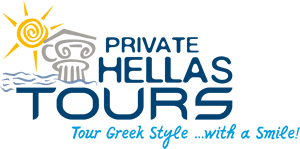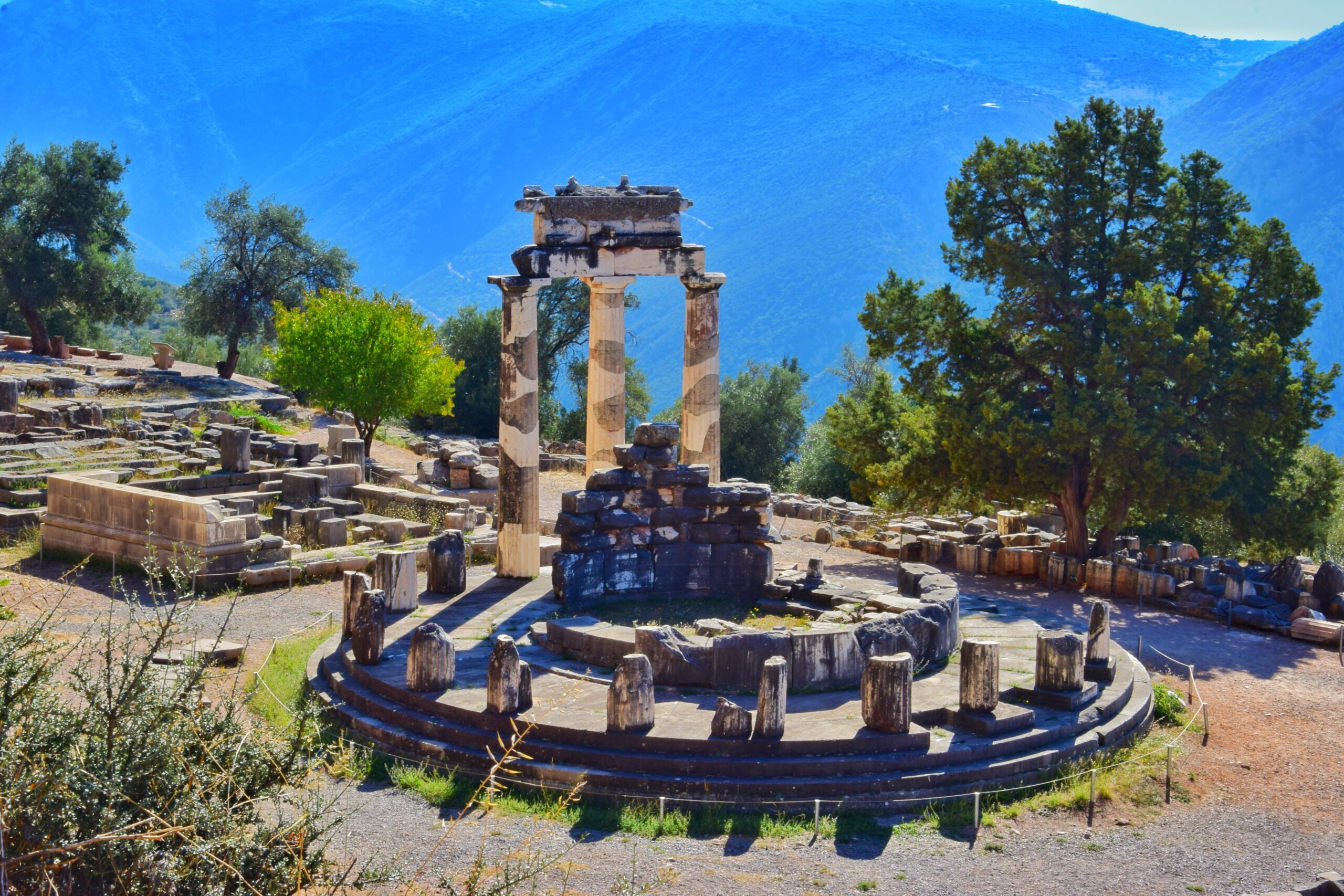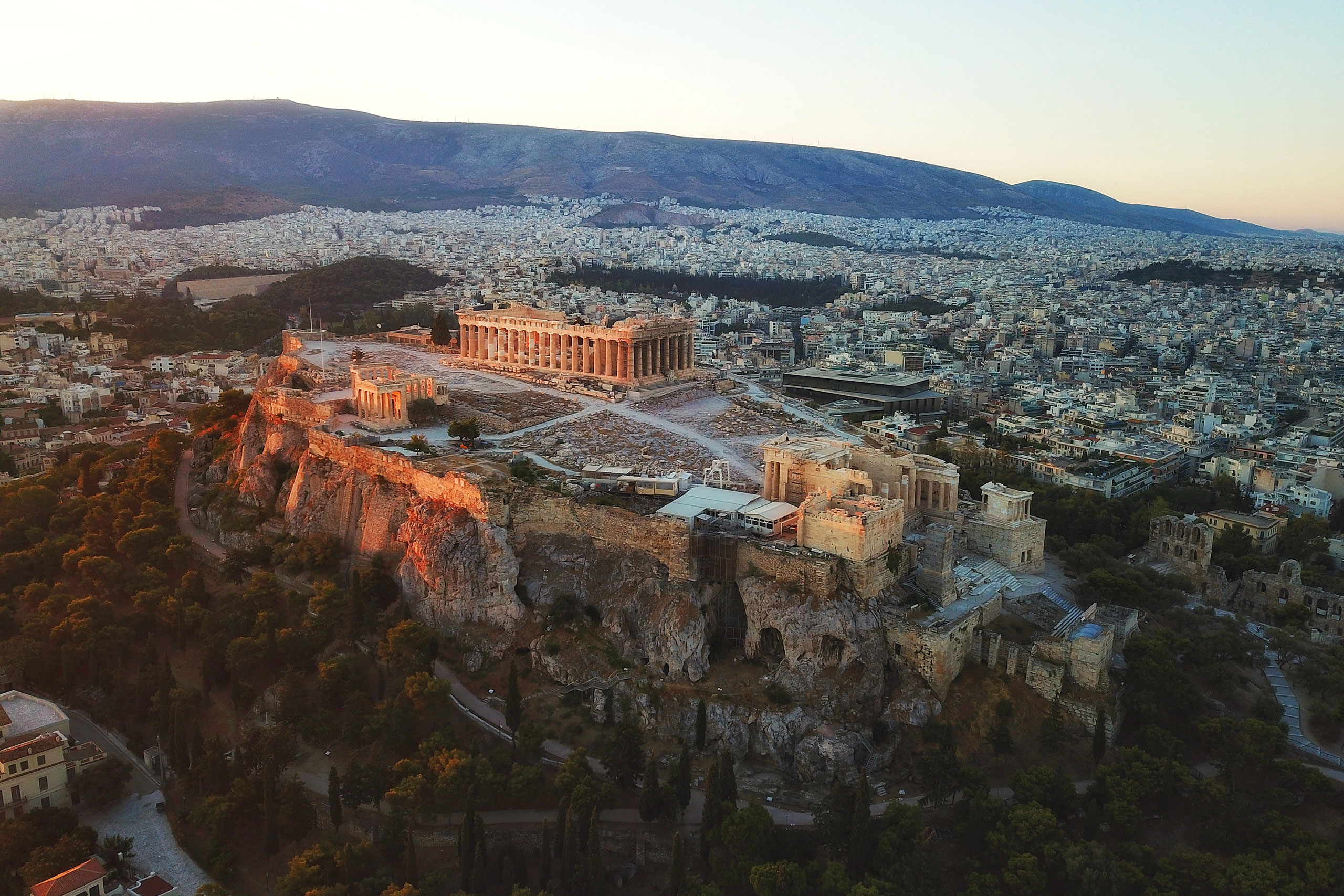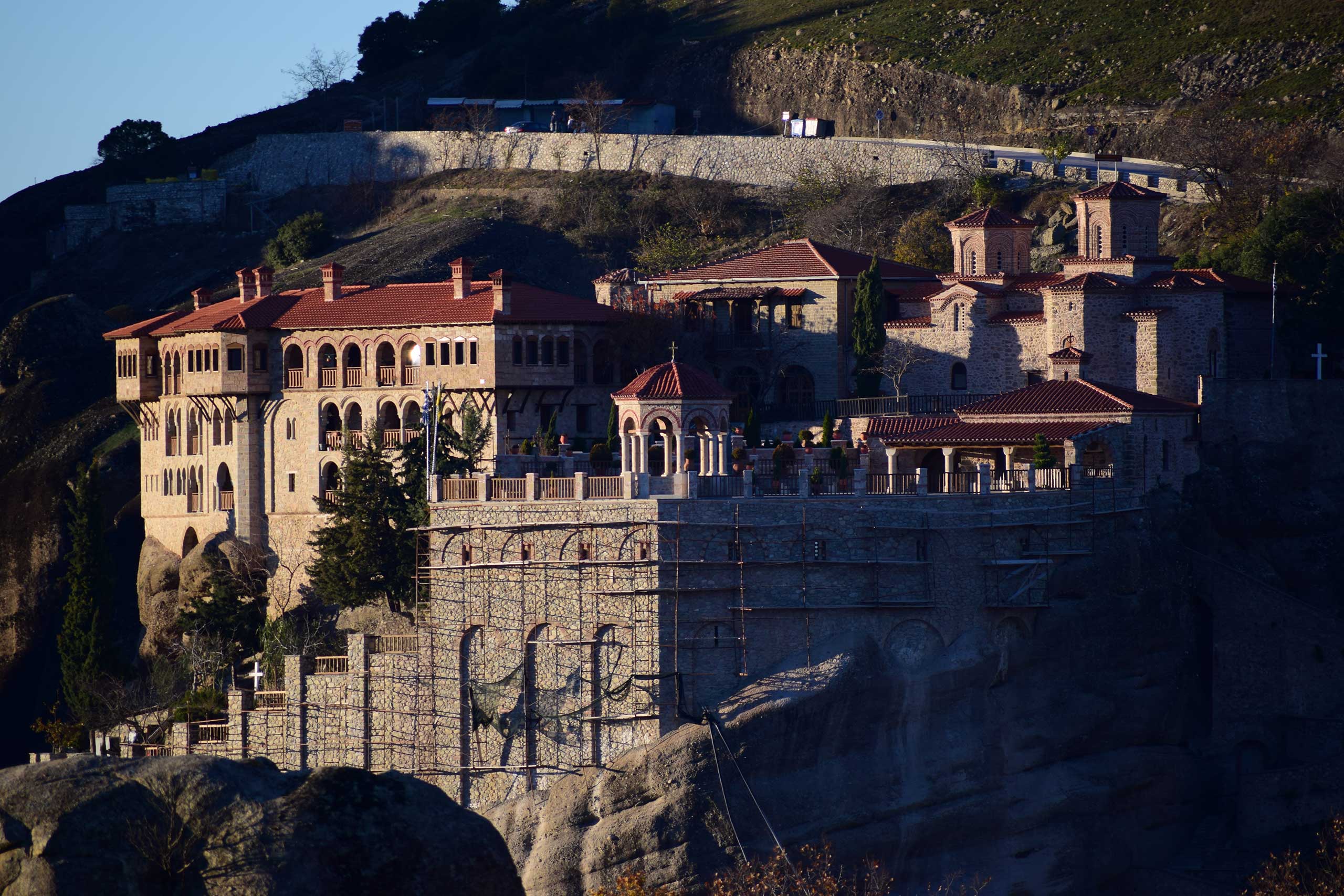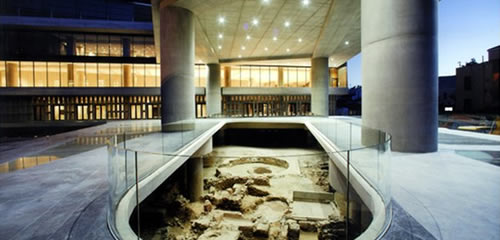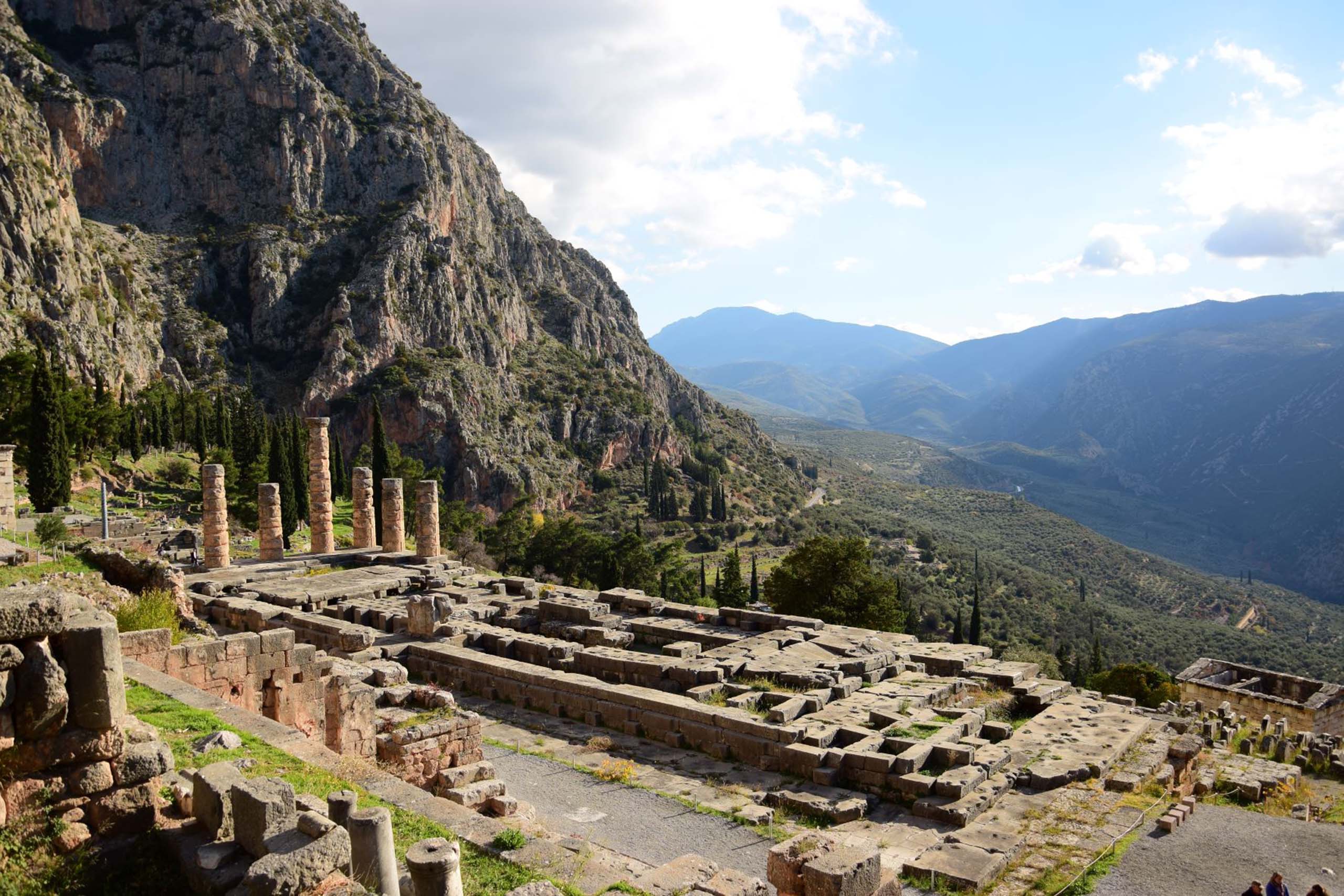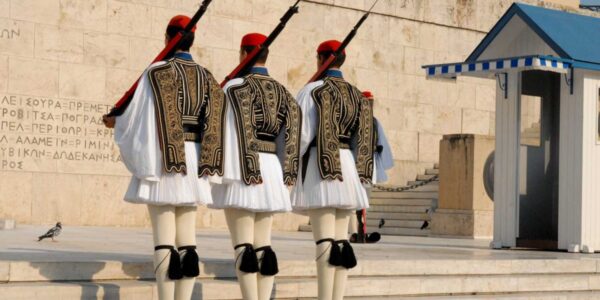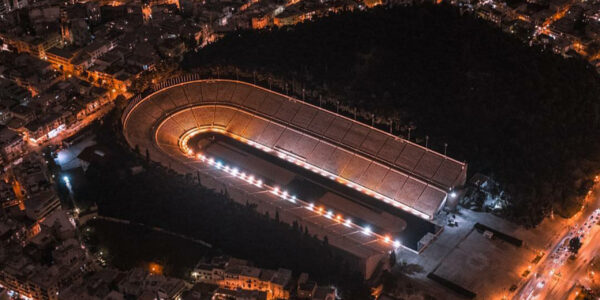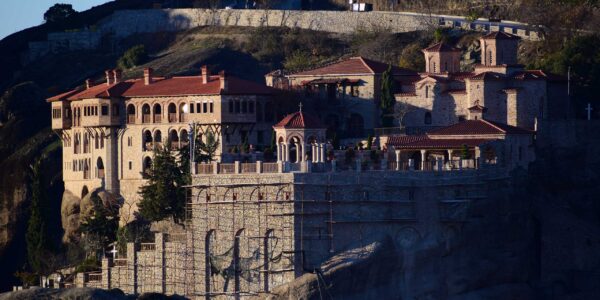Welcome to Private Hellas Tours!
Athens and Greece one or multi day tours - Customized Tours
Athens, Cape Sounion, Athens by Night, Marathon & Ramnous, Ancient Corinth, Eleusis & Ancient Corinth Extended Tour…
Athens, Athens & Cape Sounion, Cape Sounion-Brauron-Marathon-Ramnous, Athens & Ancient Corinth, Argolis, Delphi, Argolis Wine Tasting…
Delphi & Meteora, Argolis-Sparta & Olympia, Argolis –Olympia –Delphi & Meteora, Argolis-Sparta-Monemvasia-Olympia-Delphi, Argolis-Sparta-Monemvasia-Olympia-Delfi- Meteora-Vergina-Mount Olympus…
Transfers
Private Hellas Tours, can provide private transfer services for you to / from the airport, ports, train stations or other transportation hubs, hotels and company premises. Book in advance, in order to prearrange your private transfer and arrive at your destination comfortably, with safety, and on time.
Business Itineraries
Private Hellas Tours can also provide effective support to the business sector…
Useful & Interesting
Identity Of Greece
History
Culture
Climate
NOTE:
Your professional driver will be informing you of what you are about to see on your way to the archaeological sites, sharing his limited knowledge of Greek history, mythology as well as contemporary life and traditions. He is not allowed by law to accompany you into the sites and museums; therefore he will be waiting for you at the agreed area.
However, if you need more detailed knowledge and extra information, you are highly recommended to hire a professional licensed private tour guide who will ride the same vehicle with you, and can also accompany you into the sites and museums. Private Hellas Tours will get you cooperating licensed private tour guides, at an extra cost.
Discover Hellas... With Us!
Whatever the reason for visiting Greece : Holidays, business trips, cruise stop, if you are a single visitor for business or pleasure, travel with family, or a small group, we can propose the best tour itinerary customized for your needs and time availability at a reasonable cost. Our English speaking drivers will take you safely and comfortably to all sites, giving you information for what you are about to see, the history of Ancient Greece as well as everything you wish to know about contemporary life and Greek culture. Additionally, we can provide you licensed private tour guides for more detailed presentation of antiquities, who are allowed by law to escort you inside the archaeological sites.
We offer :
-
-
- Private transfers to/from airport, ports, hotel & train stations.
- Single / multiday private tours all around Athens.
- Multiday private Greece tours in mainland Greece.
- Transfers from Athens to all over Greece & opposite.
- A professional driver at your disposal for business needs, venues, meetings e.t.c.
- Tailor made itineraries.
-
